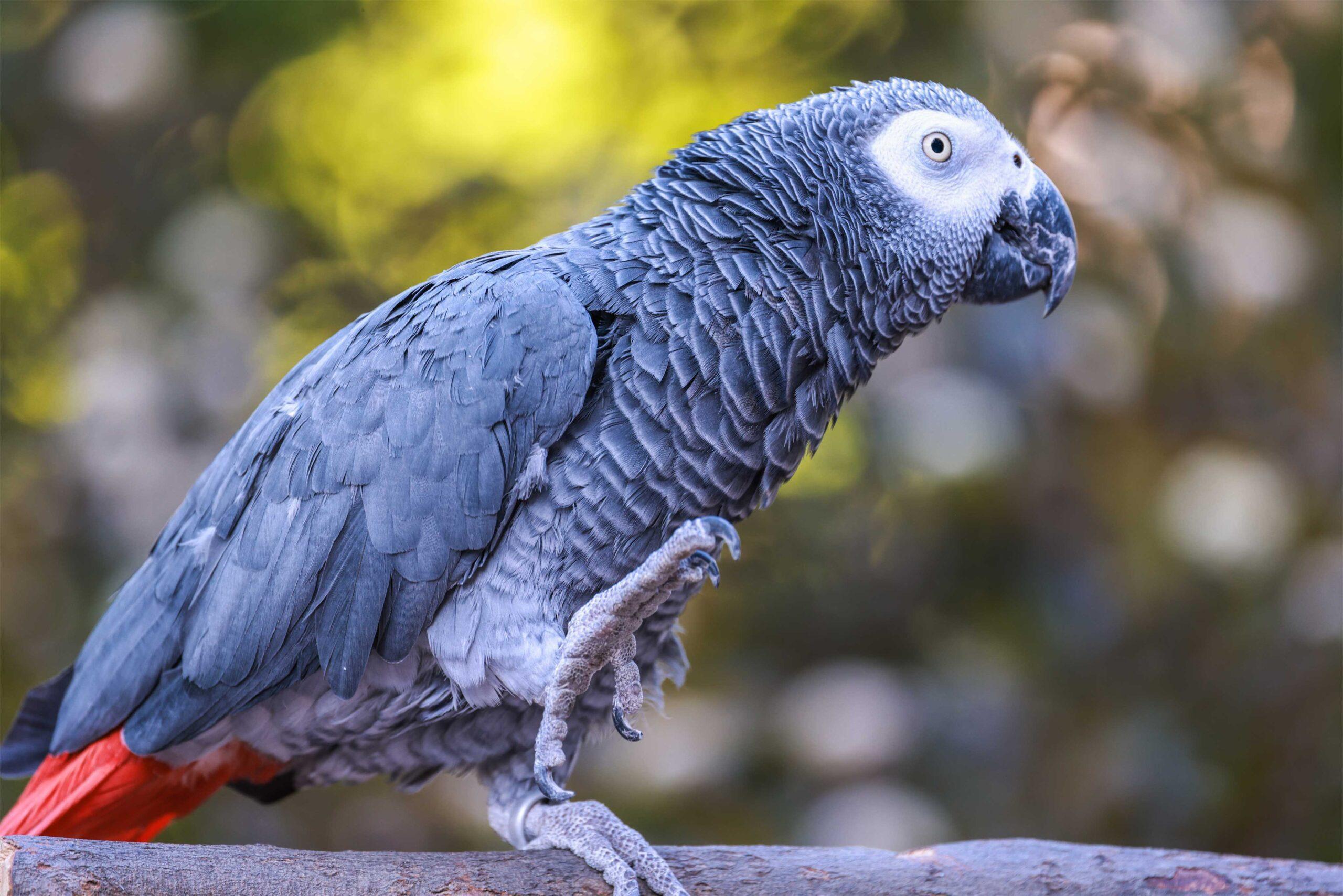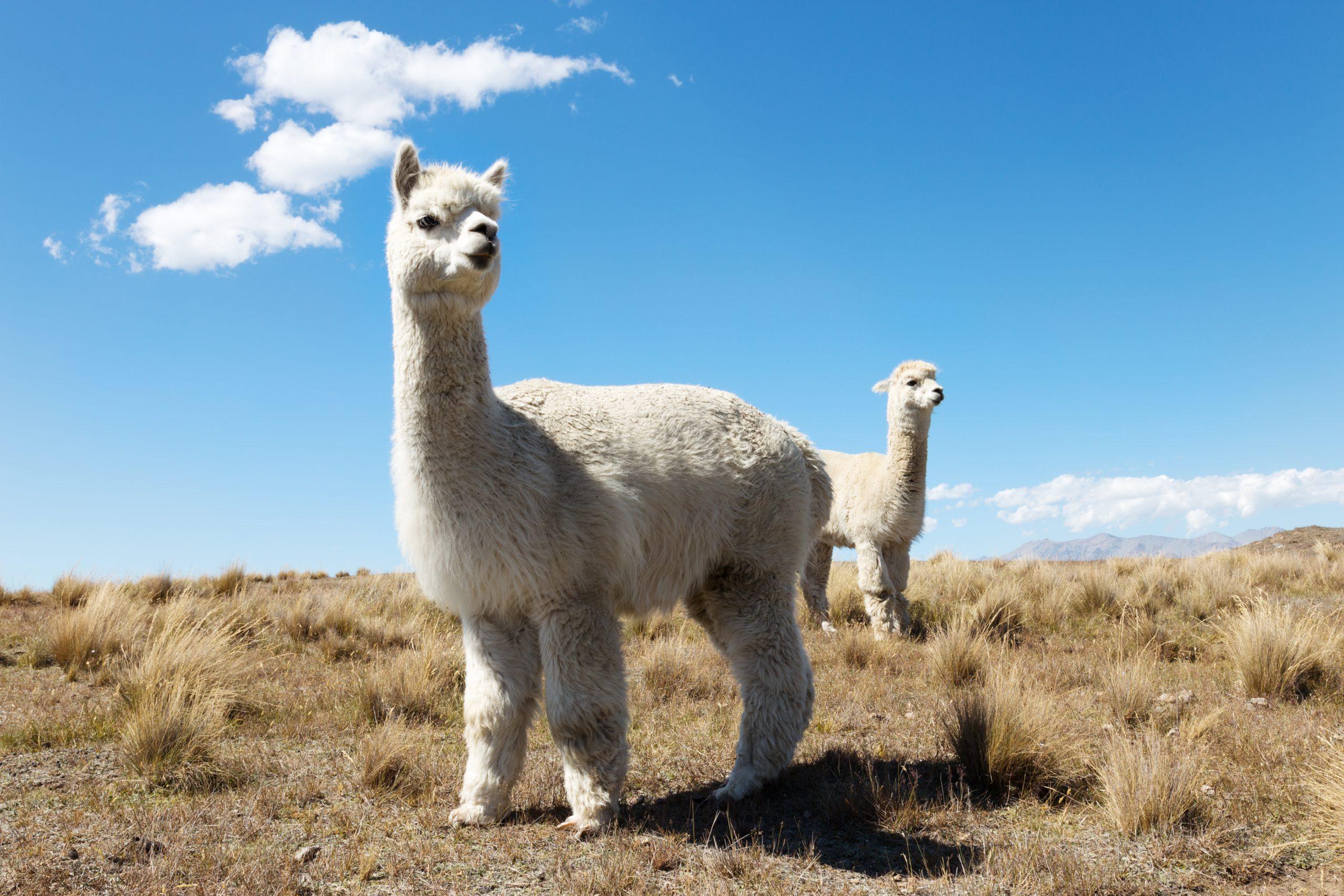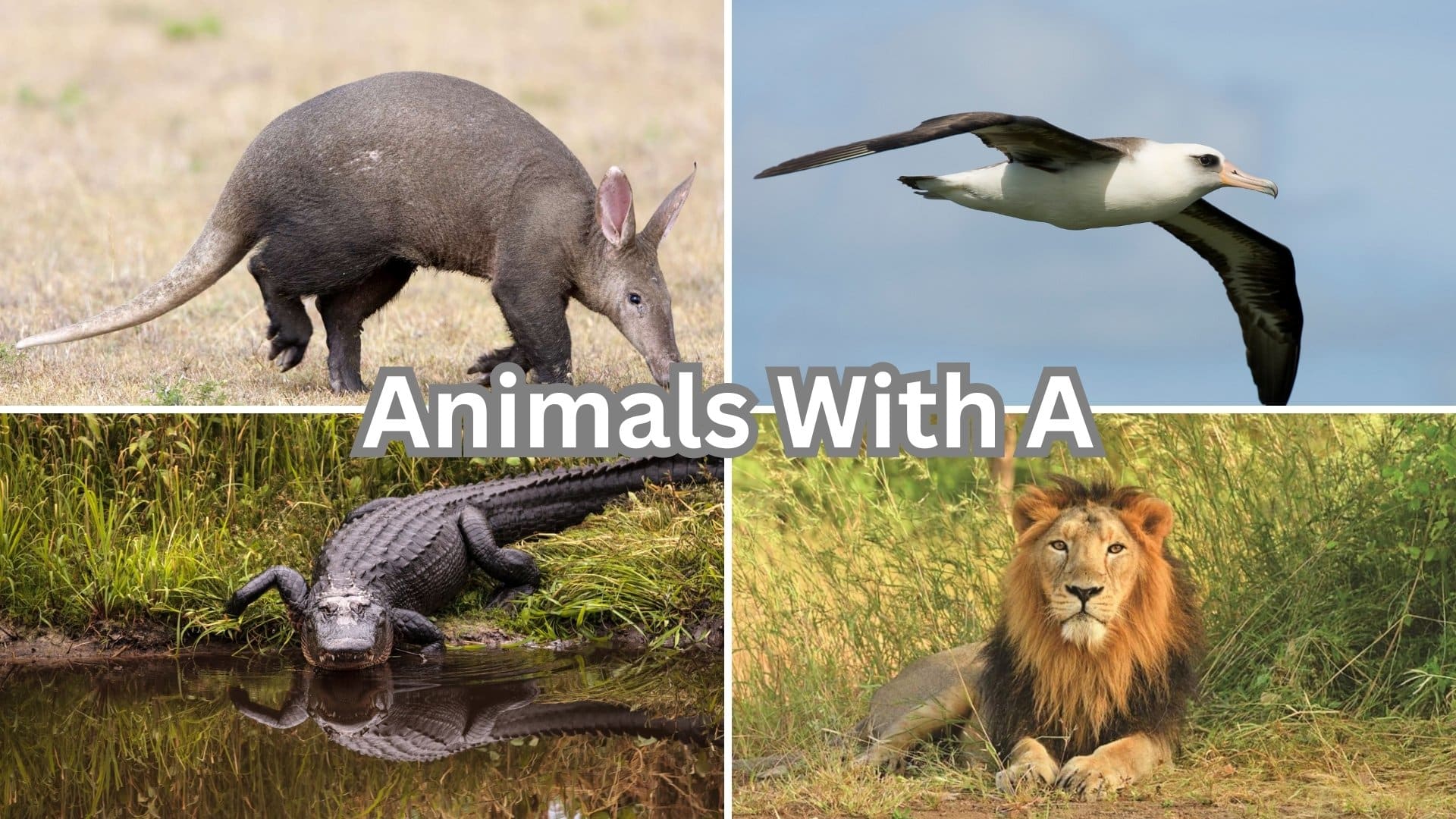
Get ready to roar with excitement! Did you know that the animal kingdom is packed with different creatures that begin with the letter A?
From the adorable Alpaca to the massive African elephant, these animals are about to blow your mind.
Some of these amazing animals will make you laugh, some will amaze you with their super cool skills, and some might even become your new favorite friends.
If you are a young animal lover or just curious about the world around you, this list is going to be a fun ride.
Are you curious to meet these awesome A-list animal stars? Keep reading and prepare to be surprised!
Common Animals that Start with The Letter “A”
1. Aardvark
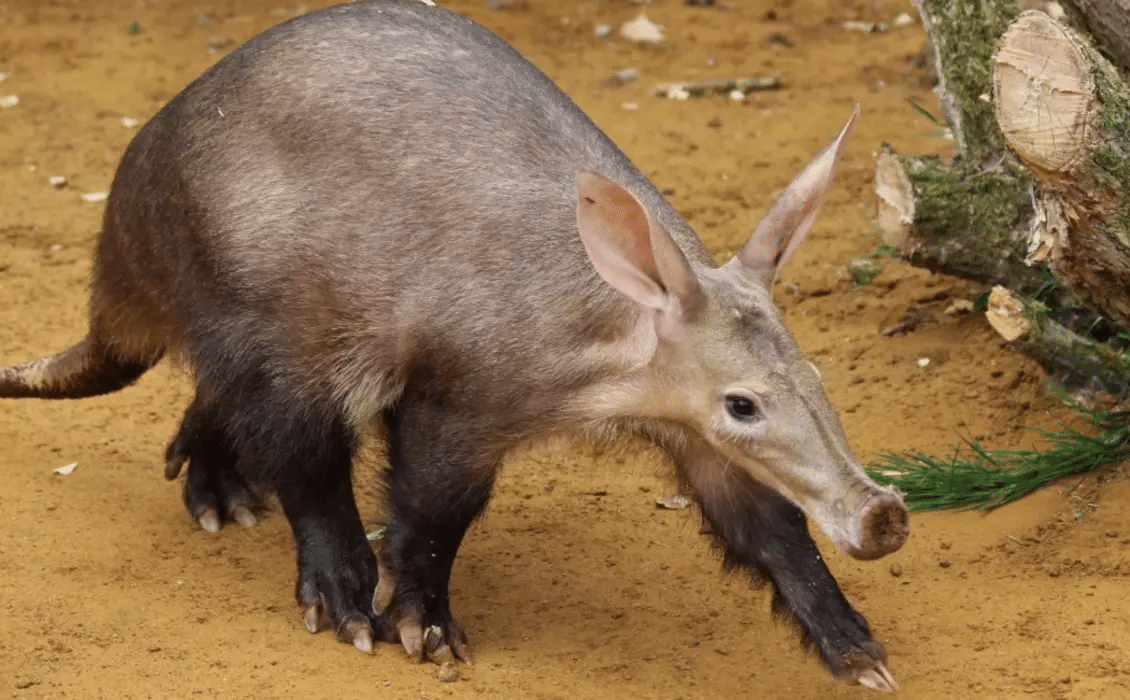
A medium-sized, nocturnal mammal native to sub-Saharan Africa, the aardvark has a pig-like snout, long ears, and a strong body built for digging. Its powerful claws help it break into ant and termite mounds.
-
Region of Habitat: Sub-Saharan Africa – savannas, grasslands, and scrublands
-
Scientific Name: Orycteropus afer
-
Feeding Habits: Insectivorous—mainly feeds on ants and termites using its long, sticky tongue
-
What Sound They Make: Produces low grunts and snuffles for communication
Fun Fact
Aardvarks can dig burrows up to 10 feet deep in just a few minutes.
2. Abyssinian
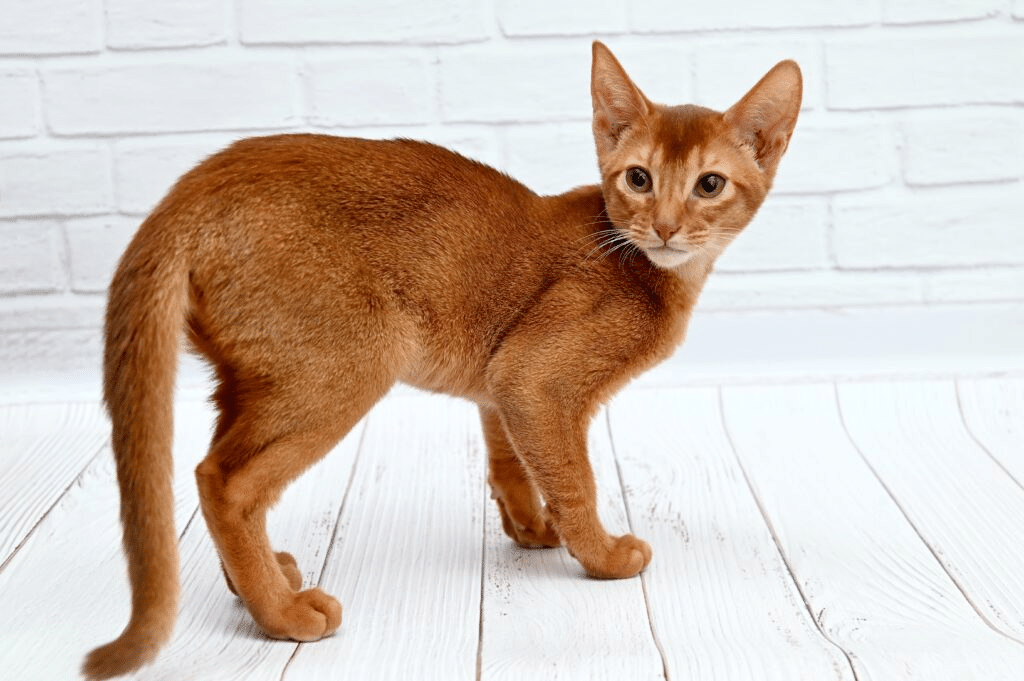
One of the oldest domestic cat breeds, the Abyssinian is sleek and energetic. It is known for its ticked coat and inquisitive nature. Its agile build and playful demeanor have made it a popular companion pet around the world.
-
Region of Habitat: Originated from the historical Abyssinia (modern-day Ethiopia) and is now found as a pet worldwide
-
Scientific Name: Felis catus (Abyssinian is a breed of the domestic cat)
-
Feeding Habits: Obligate carnivore—eats a protein-rich diet usually provided as commercial cat food
-
What Sound They Make: Typical feline sounds such as meows, purrs, and chirps
Fun Fact
Abyssinians are known for their love of climbing and perching on high places.
3. Afghan Hound

This beautiful, tall dog is famous for its long, flowing coat and dignified appearance. The Afghan Hound is both a graceful companion and a show-stopper with a rich history dating back to the mountains of Afghanistan.
-
Region of Habitat: Originated in Afghanistan; now kept worldwide as a companion and show dog
-
Scientific Name: Canis lupus familiaris (a breed of domestic dog)
-
Feeding Habits: Omnivorous—enjoys high-quality commercial dog food with balanced nutrients
-
What Sound They Make: Generally uses soft, low barks and whines rather than loud barking
Fun Fact
Afghan Hounds can reach speeds of up to 40 mph, making them one of the fastest dog breeds.
4. African Elephant
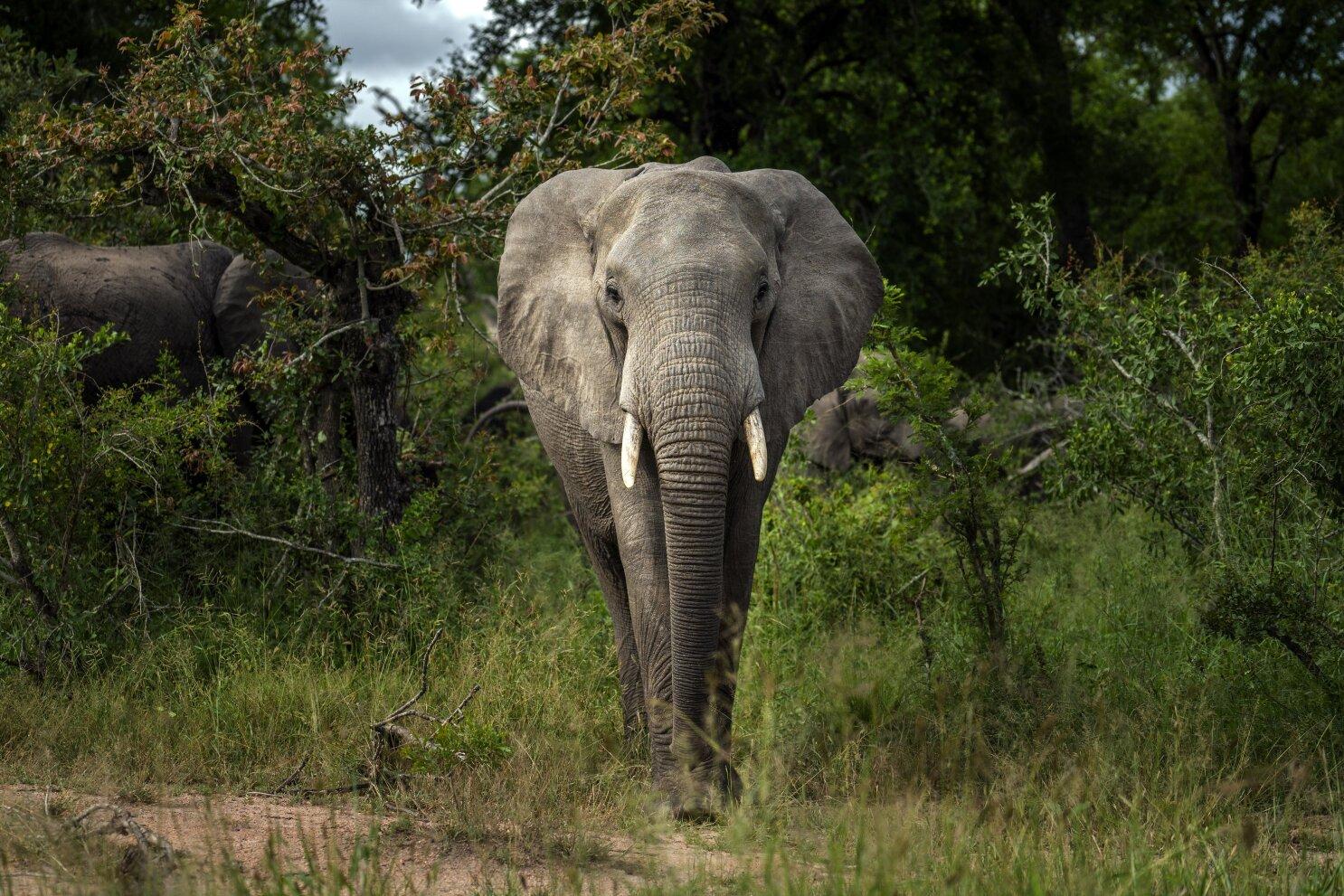
The largest land animal on Earth, the African Elephant is renowned for its massive body, long trunk, and impressive tusks. This gentle giant plays a vital role in shaping its ecosystem through its feeding and migratory habits.
-
Region of Habitat: Found throughout sub-Saharan Africa in savannas, forests, and even semi-arid regions
-
Scientific Name: Loxodonta africana (savanna elephant) and Loxodonta cyclotis (forest elephant)
-
Feeding Habits: Herbivorous—consumes a variety of vegetation including grasses, leaves, fruits, and bark
-
What Sound They Make: Communicate using trumpeting calls, low rumbles, and infrasonic sounds
Fun Fact
Elephants can recognize themselves in mirrors, demonstrating self-awareness.
5. African Gray Parrot
A highly intelligent and sociable bird, the African Gray Parrot is famous for its grey plumage and remarkable ability to mimic human speech. It’s a favorite among pet enthusiasts worldwide.
-
Region of Habitat: Native to the rainforests of West and Central Africa
-
Scientific Name: Psittacus erithacus
-
Feeding Habits: Omnivorous—eats fruits, nuts, seeds, and occasionally vegetables
-
What Sound They Make: A wide range of squawks, chirps, and mimicry of human speech
Fun Fact
African Gray Parrots can develop vocabularies of over 1,000 words and understand contextual speech.
6. Airedale Terrier
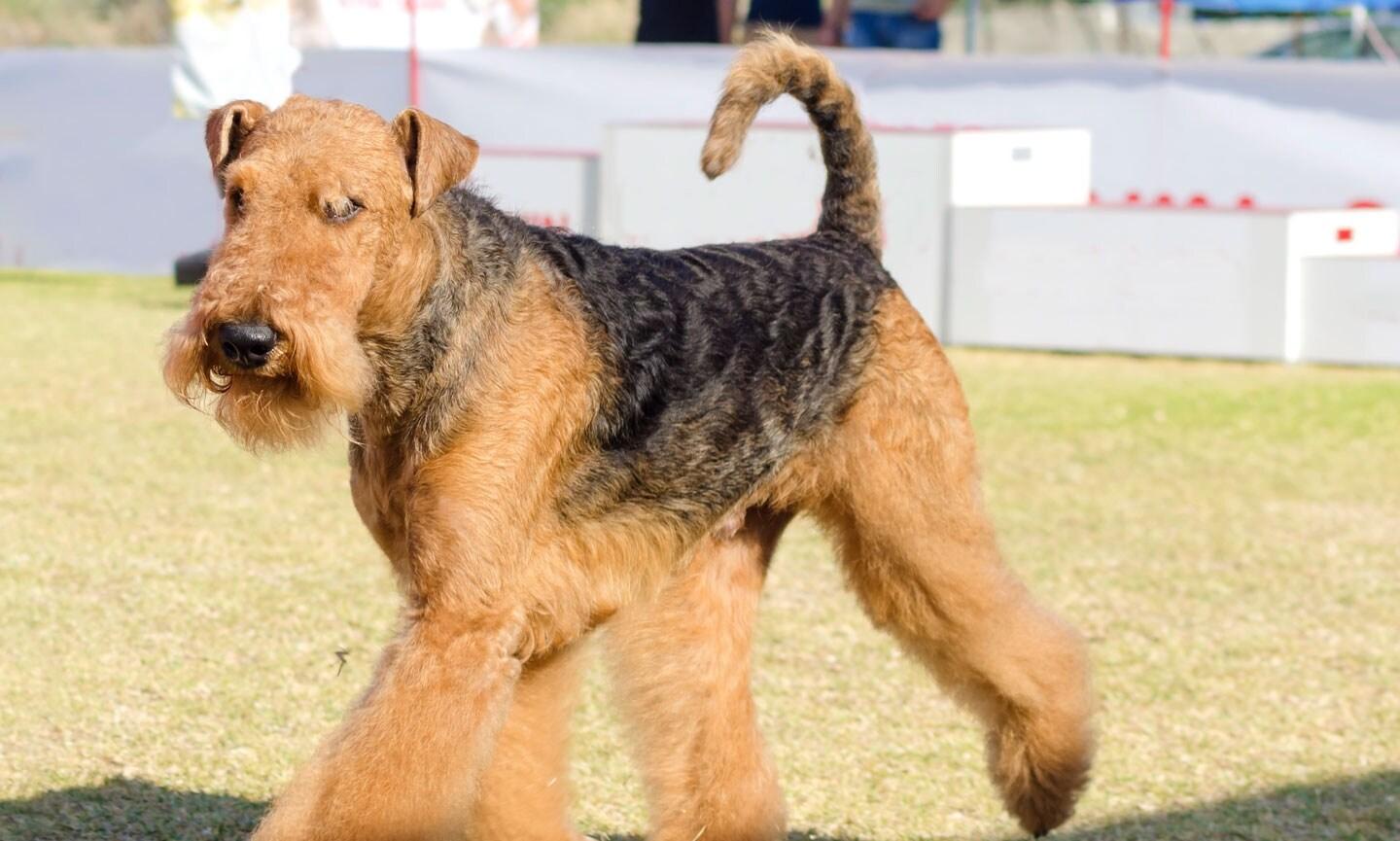
As the largest of the terrier breeds, the Airedale Terrier is known for its keen intelligence, versatility, and rugged, wiry coat. Originally bred for hunting and guarding, they make energetic family companions.
-
Region of Habitat: Originated in the Aire Valley of England; now popular in many parts of the world
-
Scientific Name: Canis lupus familiaris (Airedale Terrier breed)
-
Feeding Habits: Omnivorous—enjoys balanced diets formulated for active dogs
-
What Sound They Make: Known for deep, robust barks used to alert and communicate
Fun Fact
Airedale Terriers have served roles in police work, acting, and even as war dogs.
7. Akita

A powerful and noble dog breed from Japan, the Akita is known for its loyalty, dignified stance, and thick, double coat. This breed carries a rich cultural legacy and a strong protective instinct.
-
Region of Habitat: Originated in Japan; now admired worldwide as both a companion and guard dog
-
Scientific Name: Canis lupus familiaris (Akita breed)
-
Feeding Habits: Omnivorous—requires a balanced diet with a focus on high-quality protein
-
What Sound They Make: Typically quiet but capable of deep, commanding barks when necessary
Fun Fact
The Akita has been immortalized in Japanese folklore and art.
8. Alpaca
Alpacas are gentle, domesticated camelids prized for their soft, warm fleece. With their curious eyes and calm demeanor, they have become increasingly popular in both agriculture and as friendly farm animals.
-
Region of Habitat: Native to the Andean regions of South America (Peru, Bolivia, and Chile)
-
Scientific Name: Vicugna pacos
-
Feeding Habits: Herbivorous—graze on grasses and other vegetation
-
What Sound They Make: Communicate with soft humming sounds that reflect their relaxed nature
Fun Fact
Alpacas are highly social and thrive when kept in herds.
9. American Alligator
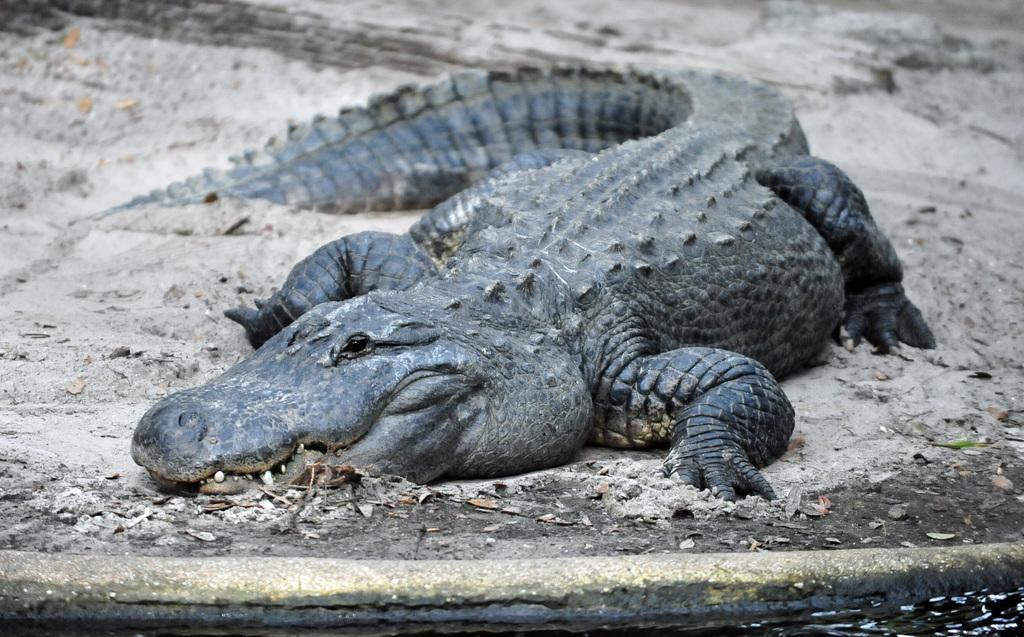
A top predator in its freshwater habitat, the American Alligator is a large, powerful reptile with a broad snout and a strong tail. Its presence is vital for maintaining the balance of wetland ecosystems.
-
Region of Habitat: Southeastern United States – found in swamps, marshes, rivers, and lakes
-
Scientific Name: Alligator mississippiensis
-
Feeding Habits: Carnivorous—hunts fish, birds, mammals, and occasionally smaller alligators
-
What Sound They Make: Produce low-frequency bellows (especially during mating season) and hisses
Fun Fact
Despite their size, American alligators can run surprisingly fast in short bursts on land.
10. American Bulldog
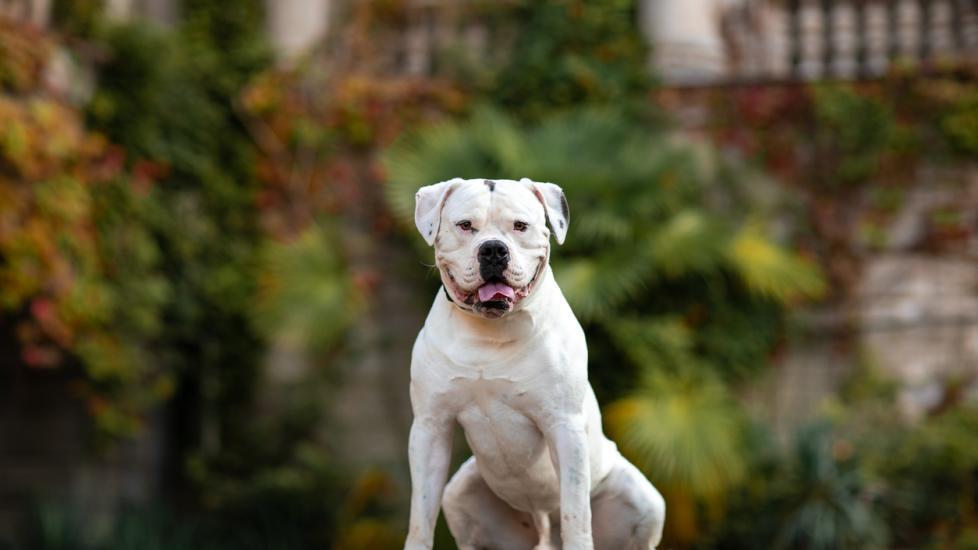
American Bulldogs are strong, muscular dogs known for their friendly temperament and impressive build. They have historically served as farm dogs and protectors, and today they remain loyal family companions.
-
Region of Habitat: Originated in the United States; popular as working dogs and family pets
-
Scientific Name: Canis lupus familiaris (American Bulldog breed)
-
Feeding Habits: Omnivorous—typically enjoy a balanced commercial dog diet
-
What Sound They Make: Known for deep, assertive barks used to communicate and guard
Fun Fact
American Bulldogs are excellent jumpers and have been known to clear fences up to six feet tall.
11. American Cocker Spaniel

11. American Cocker Spaniel
Beloved for their expressive eyes and silky, wavy coat, American Cocker Spaniels are cheerful, medium-sized dogs that make wonderful family pets. Their friendly disposition and agility are hallmarks of the breed.
-
Region of Habitat: Originated in the United States; now popular as companion dogs around the world
-
Scientific Name: Canis lupus familiaris (American Cocker Spaniel breed)
-
Feeding Habits: Omnivorous—generally fed high-quality, protein-rich dog food
-
What Sound They Make: Offer a mix of friendly barks and soft whines
Fun Fact
The American Cocker Spaniel was the first-ever breed to win the Westminster Dog Show in the United States.
12. American Pit Bull Terrier

Known for their strength, athleticism, and loyalty, American Pit Bull Terriers are medium-sized dogs with a muscular build. With proper training and socialization, they are affectionate and reliable family companions.
-
Region of Habitat: Originated in the United States; widely found as both working dogs and pets
-
Scientific Name: Canis lupus familiaris (American Pit Bull Terrier breed)
-
Feeding Habits: Omnivorous—typically enjoy a balanced diet formulated for active dogs
-
What Sound They Make: Produce deep barks and occasional growls during play or alertness
Fun Fact
Despite their reputation, Pit Bulls were once called “nanny dogs” because of their affectionate nature toward children.
13. American Robin
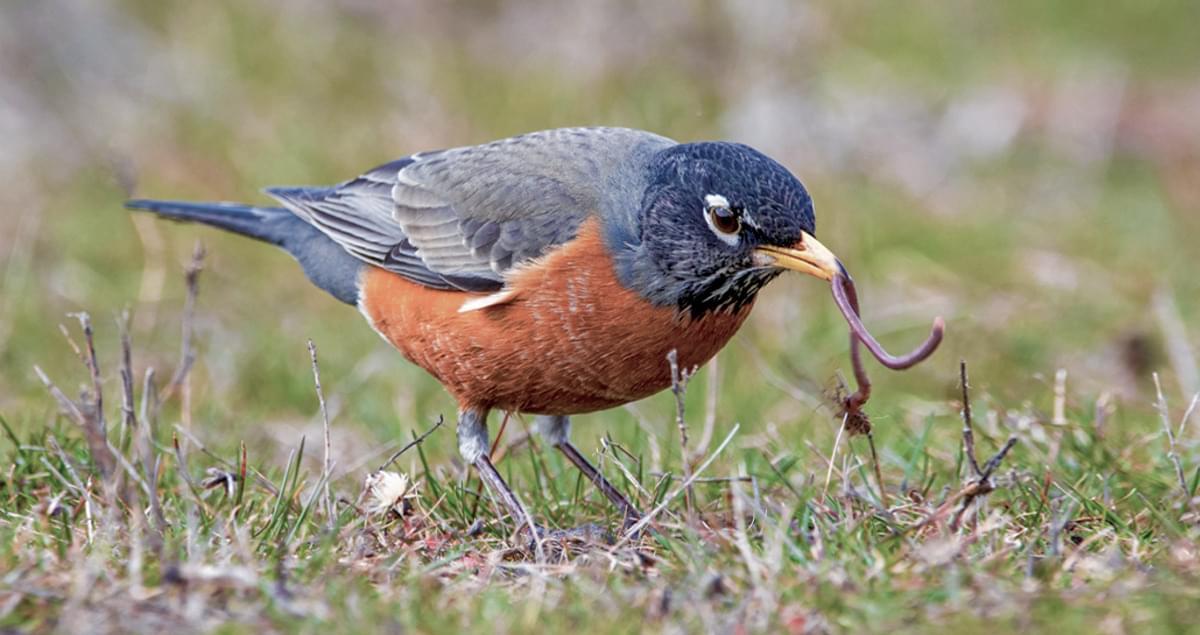
A familiar and cheerful songbird, the American Robin is easily recognized by its red-orange breast and melodious song. It is a common herald of spring and a favorite sight in North American gardens and woodlands.
-
Region of Habitat: Widespread across North America in gardens, forests, and suburban areas
-
Scientific Name: Turdus migratorius
-
Feeding Habits: Omnivorous—feeds on insects, earthworms, fruits, and berries
-
What Sound They Make: Known for its cheerful, melodious songs used during mating and territorial displays
Fun Fact
American Robins are among the first birds to start singing at dawn, leading to the term “dawn chorus.”
14. Arctic Fox
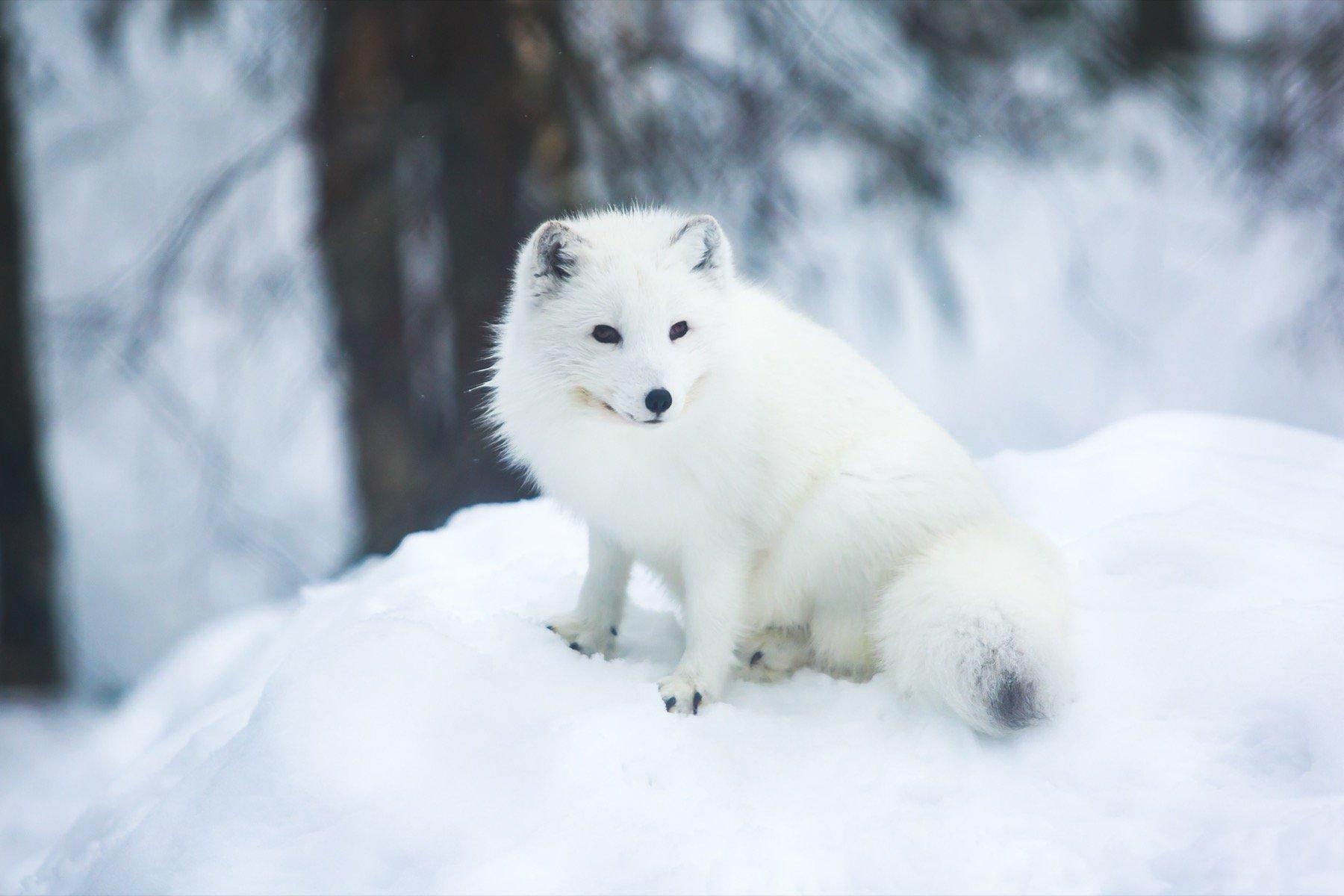
The Arctic Fox is a small but resilient canid adapted to life in the extreme cold. With a fur coat that shifts in color with the seasons, it is perfectly camouflaged in snowy landscapes and tundra.
-
Region of Habitat: Arctic regions of North America, Europe, and Asia; thrives in tundra and polar deserts
-
Scientific Name: Vulpes lagopus
-
Feeding Habits: Omnivorous—hunts small mammals and birds, and scavenges on carrion
-
What Sound They Make: Emits soft barks and high-pitched calls used in social interactions
Fun Fact
Arctic Foxes can survive temperatures as low as -50°C without shivering.
15. Axolotl
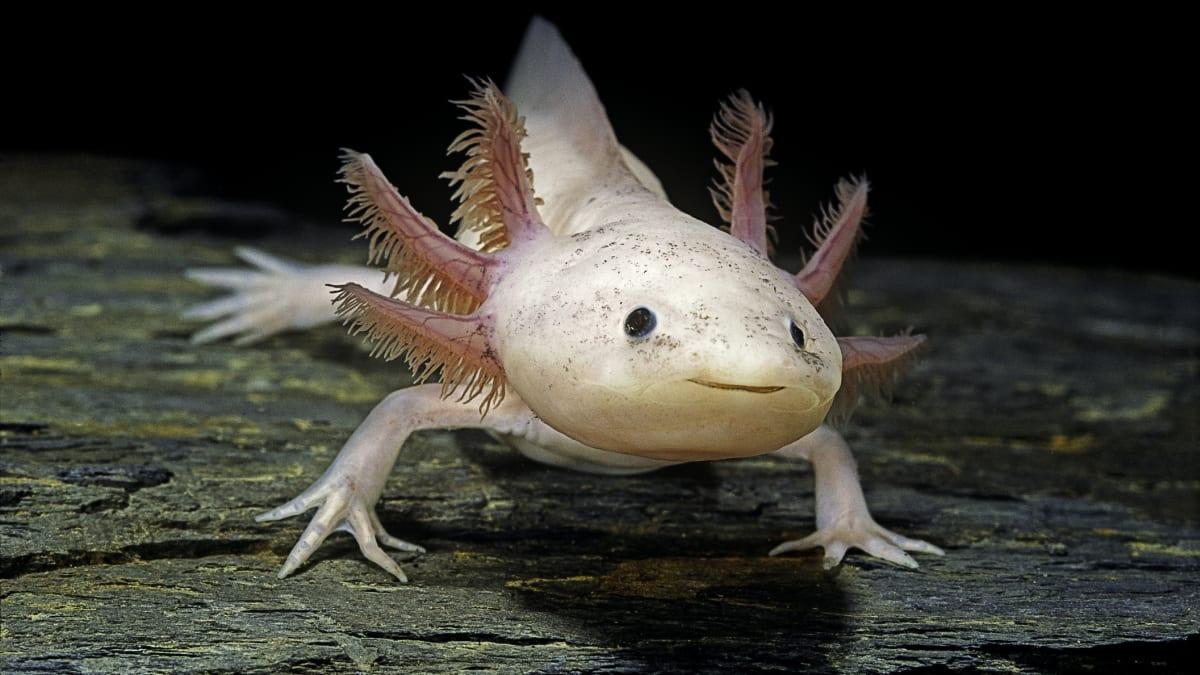
Famed for its unusual, almost perpetual juvenile appearance, the axolotl is a neotenic salamander that lives its entire life underwater. Its ability to regenerate limbs has fascinated scientists for decades.
-
Region of Habitat: Native to freshwater lakes and canals around Mexico City (especially Lake Xochimilco)
-
Scientific Name: Ambystoma mexicanum
-
Feeding Habits: Carnivorous—feeds on small fish, worms, and insects
-
What Sound They Make: Generally silent; may produce soft gurgles when breathing
Fun Fact
Axolotls can regenerate not just limbs but also parts of their heart and brain.
16. Aye-aye
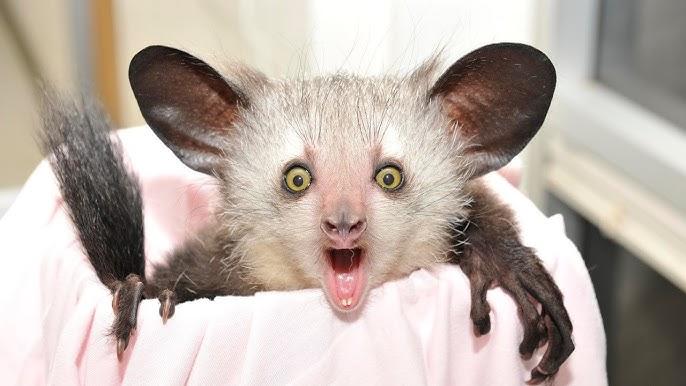
An unusual and nocturnal primate endemic to Madagascar, the aye-aye is instantly recognizable by its large eyes, bushy tail, and extraordinarily elongated middle finger used for foraging.
-
Region of Habitat: Tropical forests of Madagascar
-
Scientific Name: Daubentonia madagascariensis
-
Feeding Habits: Omnivorous—feeds on insects (found via tapping on trees), fruits, and nectar
-
What Sound They Make: Uses soft vocalizations and clicking sounds to communicate in the dark
Fun Fact
Aye-ayes use a foraging method called “percussive foraging,” where they tap on trees to locate hollow chambers containing insects.
17. Atlantic Salmon
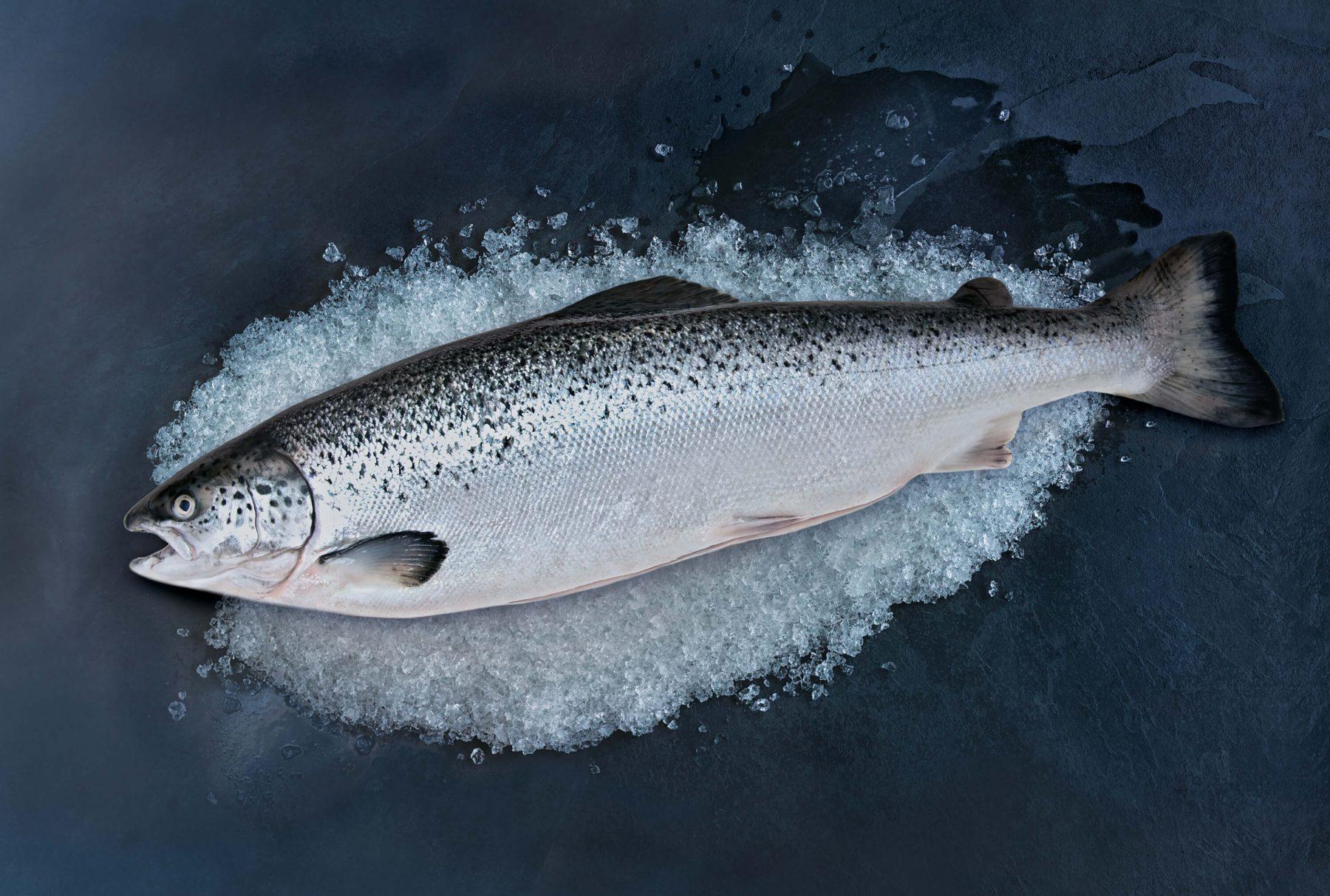
A sleek, migratory fish celebrated for its epic upstream journey, the Atlantic Salmon is prized both as a culinary delight and for its ecological importance. Its silvery body and streamlined form make it a champion of swift river currents.
-
Region of Habitat: Native to the North Atlantic Ocean and associated river systems in North America and Europe
-
Scientific Name: Salmo salar
-
Feeding Habits: Carnivorous—feeds on smaller fish, insects, and crustaceans
-
What Sound They Make: They do not produce audible sounds but communicate through subtle water vibrations
Fun Fact
Atlantic Salmon can leap up waterfalls while swimming upstream to spawn.
18. African Lion
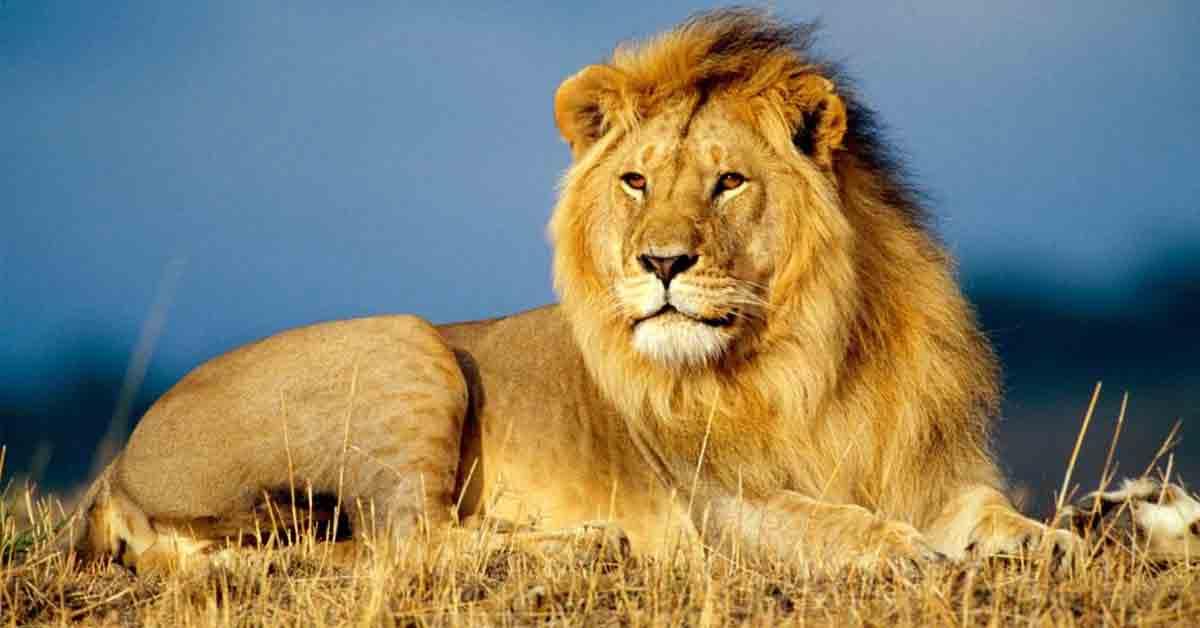
Often dubbed “the king of the jungle,” the African Lion is a majestic feline with a powerful presence. Male lions sport a distinctive mane, and their coordinated hunting tactics exemplify social cooperation.
-
Region of Habitat: Native to sub-Saharan Africa—inhabits savannas, grasslands, and open woodlands
-
Scientific Name: Panthera leo
-
Feeding Habits: Carnivorous—primarily hunts large ungulates in coordinated prides
-
What Sound They Make: Famous for their thunderous roars that can carry over long distances
Fun Fact
A lion’s roar can be heard up to 5 miles (8 km) away.
19. American Bison
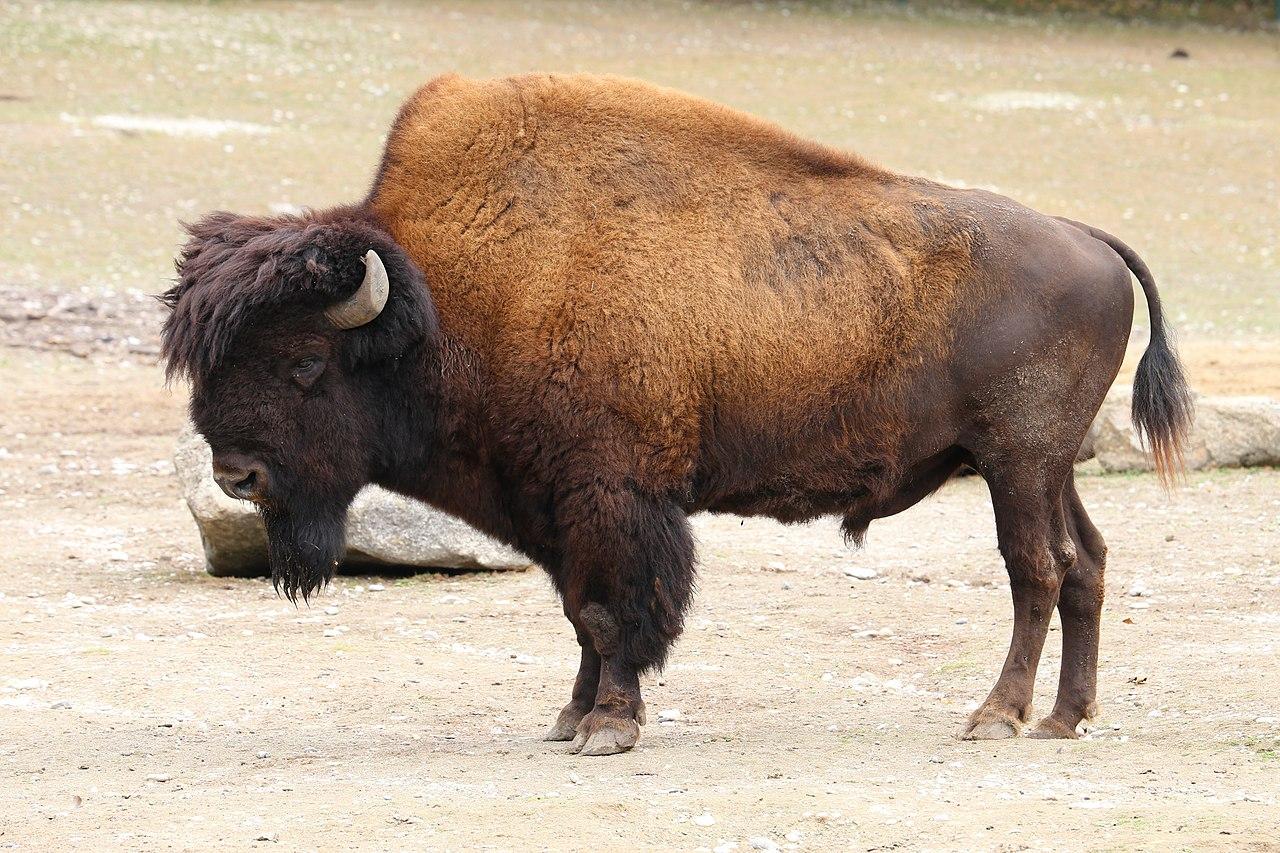
An iconic symbol of the North American plains, the American Bison is a massive, shaggy bovine known for its impressive size and historical importance in shaping the continent’s ecosystems.
-
Region of Habitat: Native to the Great Plains of North America, now primarily found in protected reserves and national parks
-
Scientific Name: Bison bison
-
Feeding Habits: Herbivorous—grazes on grasses and a variety of vegetation
-
What Sound They Make: Emit deep grunts and snorts during social interactions
Fun Fact
Once nearly extinct due to overhunting, bison populations have rebounded through conservation efforts.
20. Anaconda
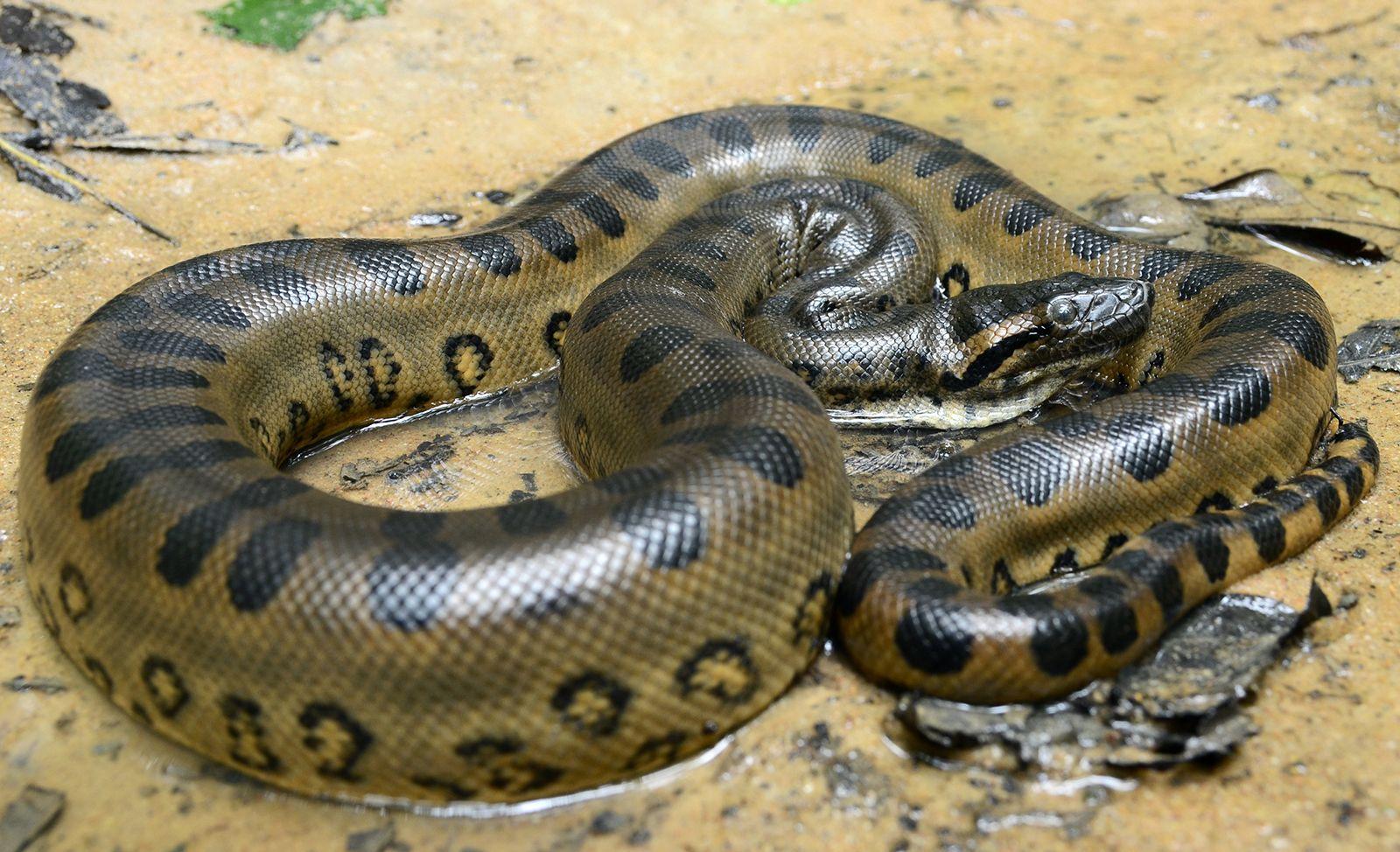
One of the largest and most powerful snakes in the world, the anaconda is an apex predator of the South American wetlands. Its massive body and aquatic lifestyle make it both fearsome and fascinating.
-
Region of Habitat: Native to the tropical rainforests, swamps, and marshes of South America
-
Scientific Name: Eunectes murinus (for the Green Anaconda)
-
Feeding Habits: Carnivorous—ambushes prey including fish, birds, and mammals, subduing them by constriction
-
What Sound They Make: Generally silent, relying on stealth rather than vocal communication
Fun Fact
The green anaconda can stay submerged underwater for up to 10 minutes before surfacing for air.
Some More Animals That Start With The Letter “A”
21. Aardwolf
22. Abyssinian Guinea Pig
23. Acadian Flycatcher
24. Achrioptera Manga
25. Ackie Monitor
26. Addax
27. Adélie Penguin
28. Admiral Butterfly
29. Aesculapian Snake
30. Affenpinscher
31. African Bullfrog
32. African Bush Elephant
33. African Civet
34. African Clawed Frog
35. African Fish Eagle
36. African Forest Elephant
37. African Golden Cat
38. African Jacana
39. African Palm Civet
40. African Penguin
41. African Sugarcane Borer
42. African Tree Toad
43. African Wild Dog
44. Africanized bee (killer bee)
45. Agama Lizard
46. Agkistrodon Contortrix
47. Agouti
48. Aidi
49. Ainu
50. Airedoodle
51. Akbash
52. Akita Shepherd
53. Alabai (Central Asian Shepherd)
54. Alaskan Husky
55. Alaskan Klee Kai
56. Alaskan Malamute
57. Alaskan Pollock
58. Alaskan Shepherd
59. Albacore Tuna
60. Albatross
61. Albertonectes
62. Albino (Amelanistic) Corn Snake
63. Aldabra Giant Tortoise
64. Alligator Gar
65. Allosaurus
66. Alpine Dachsbracke
67. Alpine Goat
68. Alusky
69. Amano Shrimp
70. Amargasaurus
71. Amazon Parrot
72. Amazon River Dolphin (Pink Dolphin)
73. Amazon Tree Boa
74. Amazonian Royal Flycatcher
75. Amberjack
76. Ambrosia Beetle
77. American Alsatian
78. American Bully
79. American Cockroach
80. American Coonhound
81. American Dog Tick
82. American Eel
83. American Eskimo Dog
84. American Foxhound
85. American Hairless Terrier
86. American Leopard Hound
87. American Paddlefish
88. American Pugabull
89. American Pygmy Goat
90. American Staffordshire Terrier
91. American Toad
92. American Water Spaniel
93. American Wirehair
94. Amethystine Python (Scrub Python)
95. Amphicoelias Fragillimus
96. Amur Leopard
97. Anatolian Shepherd Dog
98. Anchovies
99. Andrewsarchus
100. Angelfish
101. Angelshark
102. Angled Sunbeam Caterpillar
103. Anglerfish
104. Angora Ferret
105. Angora Goat
106. Anhinga
107. Anna’s Hummingbird
108. Anole Lizard
109. Anomalocaris
110. Ant
111. Antarctic Scale Worm
112. Anteater
113. Antelope
114. Anteosaurus
115. Antiguan Racer Snake
116. Aoudad Sheep
117. Ape
118. Apennine Wolf
119. Appenzeller Dog
120. Apple Head Chihuahua
121. Apple Moth
122. Arabian Cobra
123. Arabian Wolf
124. Arafura File Snake
125. Arambourgiania
126. Arapaima
127. Archaeoindris
128. Archaeopteryx
129. Archaeotherium
130. Archelon Turtle
131. Archerfish
132. Arctic Char
133. Arctic Hare
134. Arctic Wolf
135. Arctodus
136. Arctotherium
137. Argentavis Magnificens
138. Argentine Black and White Tegu
139. Argentine Horned Frog
140. Argentinosaurus
141. Arizona Bark Scorpion
142. Arizona Black Rattlesnake
143. Arizona Blonde Tarantula
144. Arizona Coral Snake
145. Armadillo
146. Armadillo Lizard
147. Armenian Gampr
148. Armored Catfish
149. Armyworm
150. Arsinoitherium
151. Arthropleura
152. Aruba Rattlesnake
153. Ashy Mining Bee
154. Asian Arowana
155. Asian Carp
156. Asian Cockroach
157. Asian Elephant
158. Asian Giant Hornet
159. Asian Lady Beetle
160. Asian Longhorn Beetle
161. Asian Palm Civet
162. Asian Vine Snake
163. Asian Water Monitor
164. Asiatic Black Bear
165. Asp
166. Asp Caterpillar
167. Assassin Bug
168. Assassin Snail
169. Atlantic Cod
170. Atlantic Sturgeon
171. Atlas Beetle
172. Atlas Moth
173. Aurochs
174. Aussiedoodle
175. Aussiedor
176. Aussiepom
177. Australian Bulldog
178. Australian Cattle Dog
179. Australian Cockroach
180. Australian Firehawk
181. Australian Flathead Perch
182. Australian Gecko
183. Australian Kelpie Dog
184. Australian Labradoodle
185. Australian Mist
186. Australian Retriever
187. Australian Shepherd
188. Australian Shepherd Mix
189. Australian Terrier
190. Australopithecus
191. Australorp Chicken
192. Avocet
193. Axanthic Ball Python
194. Ayam Cemani
195. Azawakh
196. Abalone
197. Abert’s Squirrel
198. Accentor
199. Acorn Woodpecker
200. Acorn Worm
201. Acouchi
202. Adderfish
203. African Buffalo
204. African Honey Bee
205. African Pygmy Goose
206. African Pygmy Hedgehog
207. African Rock Python
208. African Spoonbill
209. African Spurred Tortoise
210. African Tree Frog
211. African Wild Ass
212. African Yellow White-Eye
213. Africanized Bee
214. Agama
215. Ainu Dog
216. Akbash Dog
217. Akule
218. Alabai
219. ‘Alalā
220. Alaotra Grebe
221. Albino Corn Snake
222. Albino Ferret
223. Alder Flycatcher
224. Aleutian Tern
225. Alewife
226. Alfonsino
227. Allen’s Hummingbird
228. Allen’s Swamp Monkey
229. Alligator
230. Alligator Snapping Turtle
231. Allis Shad
232. Almaco Jack
233. Alpheid Shrimp
234. Alpine Ibex
235. Alpine Marmot
236. Alver
237. Amazon Kingfisher
238. Amazon River Dolphin
239. Amazonian Manatee
240. Amboina Box Turtle
241. American Avocet
242. American Badger
243. American Bittern
244. American Black Bear
245. American Bullfrog
246. American Chameleon
247. American Coot
248. American Crocodile
249. American Crow
250. American Curl
251. American Dipper
252. American Flamingo
253. American Goldfinch
254. American Green Tree Frog
255. American Kestrel
256. American Lion
257. American Marten
258. American Oystercatcher
259. American Oystercatcher Bird
260. American Pika
261. American Quarter Horse
262. American Red Squirrel
263. American Saddlebred
264. American Shorthair
265. American Softshell Turtle
266. American Sparrow
267. American Warmblood
268. American Wigeon
269. Amethystine Python
270. Ammonite
271. Amphipod
272. Amur Tiger
273. Anaconda Snake
274. Anatolian Shepherd
275. Andalusian Horse
276. Andean Cat
277. Andean Condor
278. Andean Goose
279. Andean Mountain Cat
280. Anemone
281. Angolan Colobus
282. Angulate Tortoise
283. Ankole-Watusi
284. Annulated Tree Boa
285. Anoa
286. Anole
287. Antarctic Krill
288. Antarctic Petrel
289. Antarctic Tern
290. Antarctic Toothfish
291. Antelope Jackrabbit
292. Antillean Iguana
293. Antillean Manatee
294. Aoudad
295. Aplysia
296. Appaloosa
297. Aquatic Warbler
298. Arabian Horse
299. Arabian Mau
300. Arabian Sand Boa
301. Araucana
302. Arctic Cod
303. Arctic Loon
304. Arctic Skua
305. Arctic Tern
306. Argentine Dogo
307. Armadillo Girdled Lizard
308. Armadillo Ray
309. Arowana
310. Arrow Crab
311. Arrow Squid
312. Ascalaphidae
313. Ascidian
314. Ash-Throated Flycatcher
315. Asian Black Bear
316. Asian Brown Flycatcher
317. Asian Crested Ibis
318. Asian Glossy Starling
319. Asian Golden Cat
320. Asian Koel
321. Asian Lion
322. Asian Water Buffalo
323. Asiatic Lion
324. Atitlán Grebe
325. Atlantic Blue Marlin
326. Atlantic Dolphin
327. Atlantic Mackerel
328. Atlantic Puffin
329. Atlantic Sailfish
330. Atlantic Spadefish
331. Atlantic Spotted Dolphin
332. Atlantic White-Sided Dolphin
333. Atlantic Wolffish
334. Attenborough’s Long-Beaked Echidna
335. Audubon’s Shearwater Bird
336. Auk
337. Aussie
338. Australasian Grebe
339. Australian Bearded Dragon
340. Australian Brush-Turkey
341. Australian Dingo
342. Australian Frilled Lizard
343. Australian Fur Seal
344. Australian Giant Cuttlefish
345. Australian Kelpie
346. Australian King Parrot
347. Australian Pelican
348. Australian Raven
349. Australian Sea Lion
350. Australian Shelduck
351. Australian Snake-Necked Turtle
352. Australian Swiftlet
353. Australian Turtle
354. Australian White Ibis
355. Austrian Pinscher
Wrapping It Up
What an incredible look at the world of animals!
From the cutest to the most interesting and dangerous, these animals, starting with the letter “A,” have shown how special and different animal friends can be.
Each animal tells a unique story that makes it stand out in the big, beautiful world around us.
These remarkable creatures remind everyone how wonderful and surprising nature can be. Animals have so many cool tricks and special skills that make them unique.
The next time someone thinks about animals, they’ll remember this fun look at A-list friends.
Nature is full of magic, and these animals prove that the animal kingdom is more exciting than anyone could ever dream!

